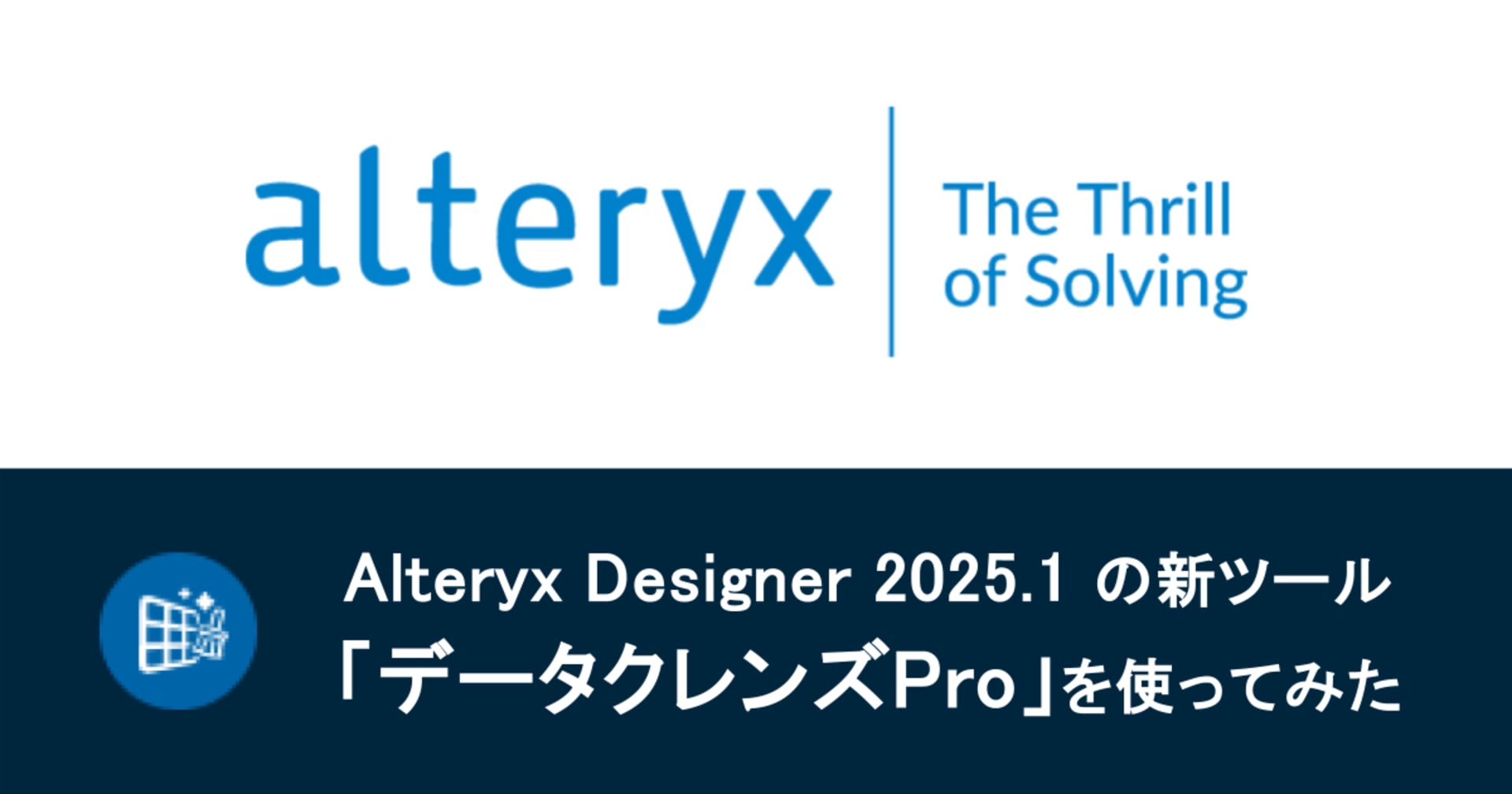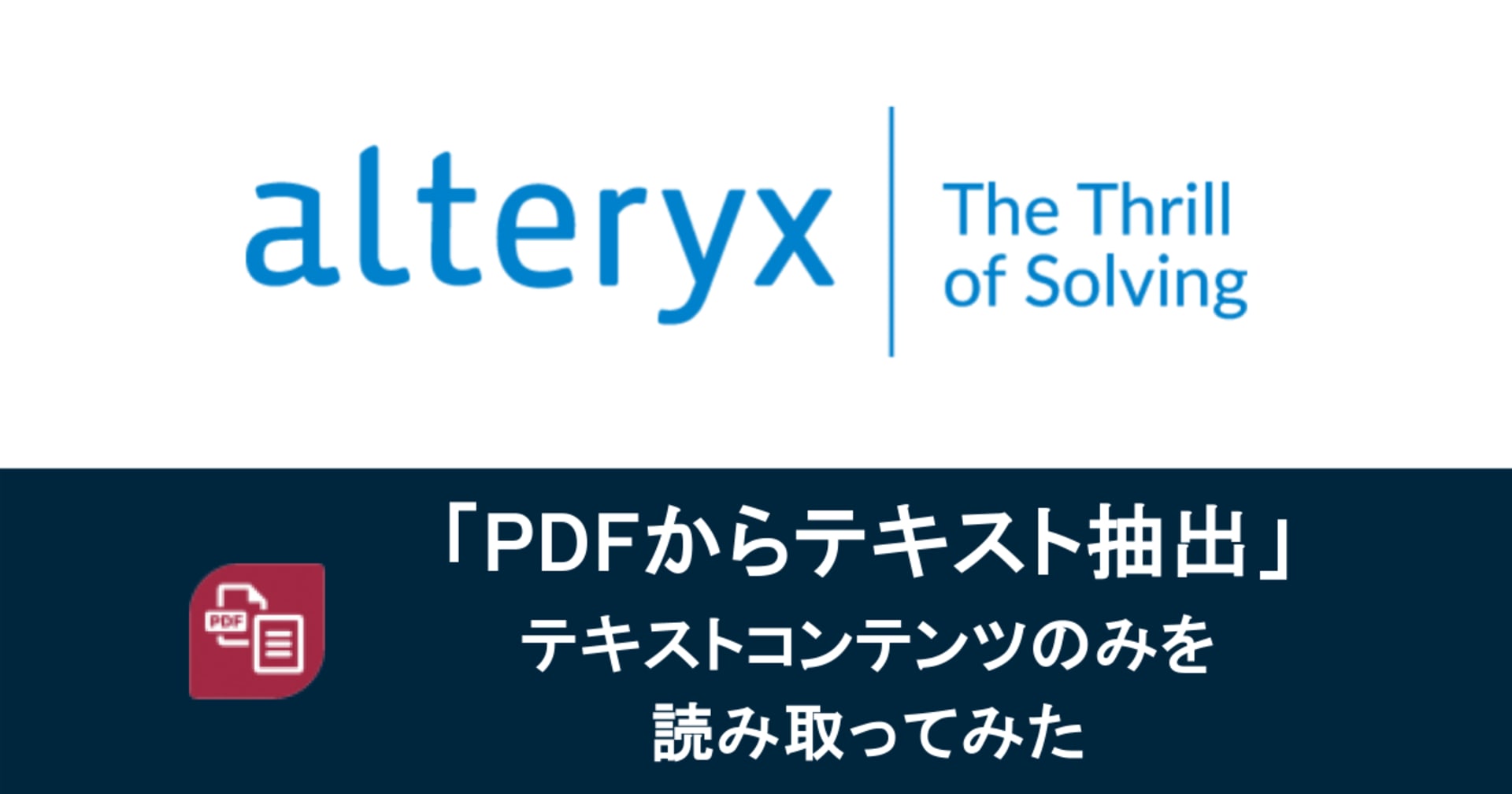
Workflow Dependencies in Alteryx
この記事は公開されてから1年以上経過しています。情報が古い可能性がありますので、ご注意ください。
Basic Information:
When a developer comes across a large workflow, the first question that comes to mind is how the workflow really works. In other words it's easy to understand the whole process when the developer knows all the inputs, outputs, and the dependencies for that workflow. Workflow Dependencies will give this exact information at a glance. In post we are going to explore further about workflow dependencies.
How do they work
After opening a workflow, from the top menu bar choose Options > Advanced Options > Workflow Dependencies as shown below.

A popup window will appear as shown below. The total instances are summarized by the dependencies in this window.

By clicking on “Show Individual Tools” the dependencies will be displayed for each relevant tool as shown below.

The file path can be displayed as an absolute path or a path relative to the workflow. Finally by clicking on the “Test” button, it is possible to check all the connections, if a dependent file is missing then a red alert will be displayed, indicating that the file needs to be fixed.

So click on the “Edit” button and browse for the appropriate file to fix the connection.

While most of the tools are supported with this method, however there are some limitations. Cloud based tools such as: SharePoint List Input, SharePoint List Output, MongoDB Input, MongoDB Output, Salesforce Input, Salesforce Output cannot be used or edited using workflow dependencies. In case of such tools, editing individual tools manually is the only possible option for now.
Summary
In this post, a brief introduction of workflow dependencies and to use it is explained.










